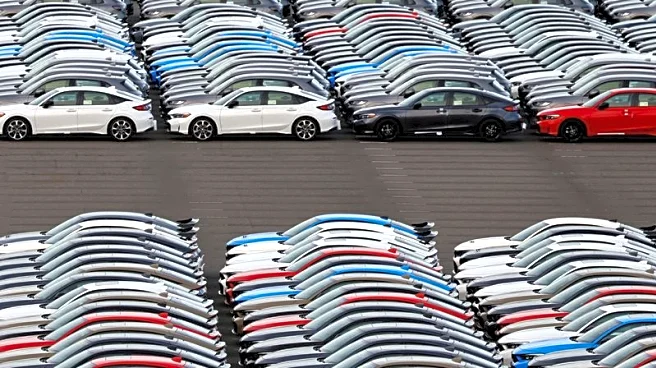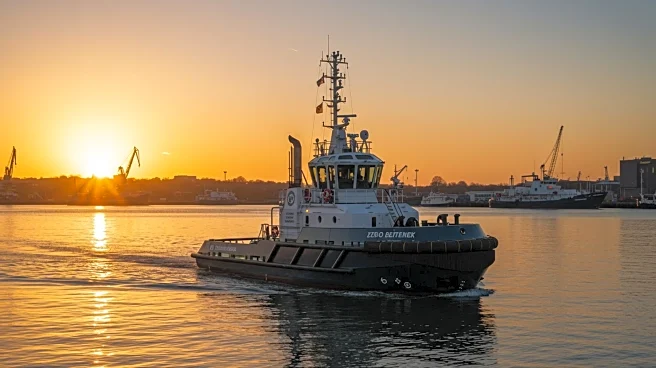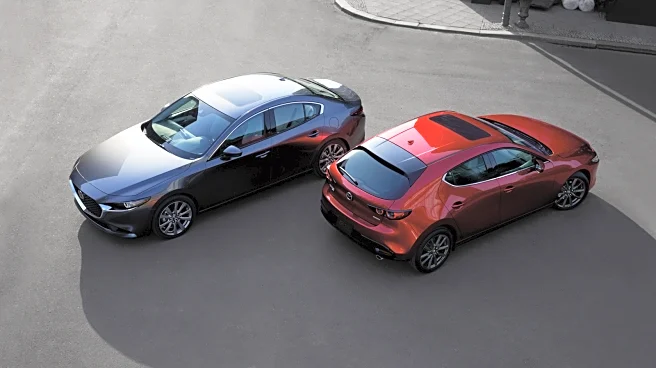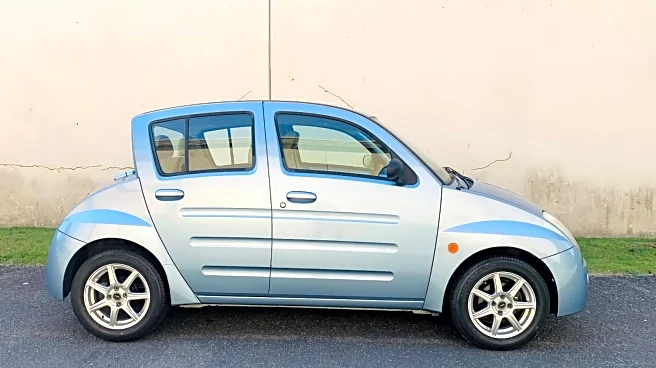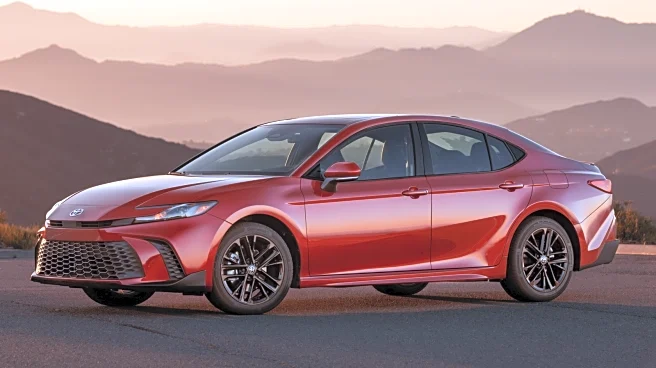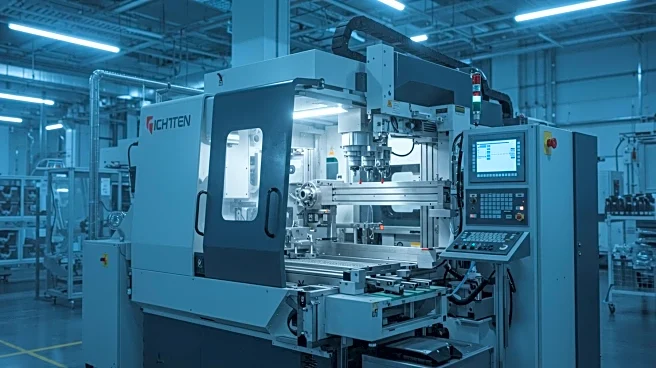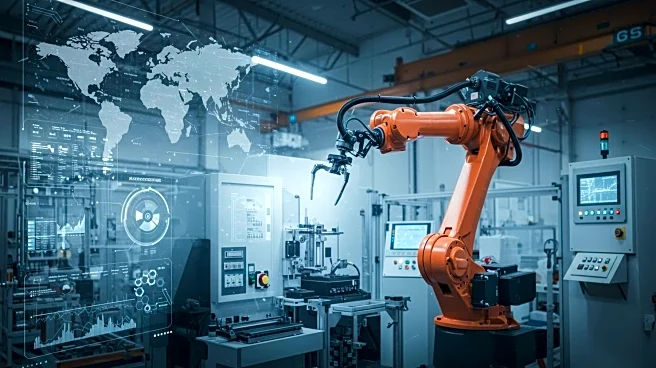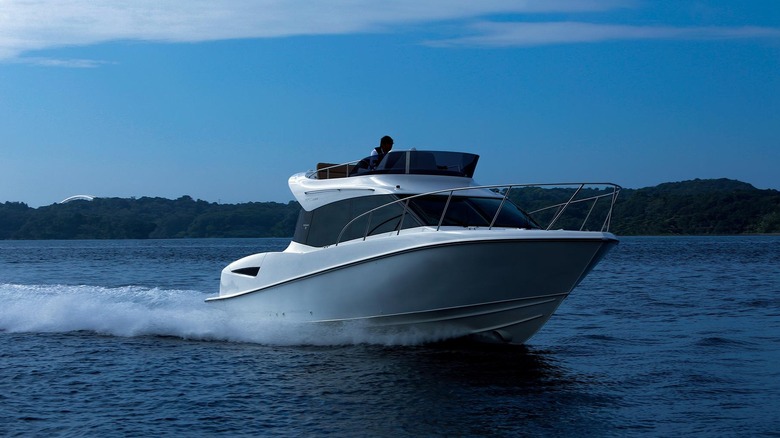
It's common knowledge that Toyota is the world's best-selling automaker, and perhaps the biggest automotive brand worldwide, with the most Google searches. But what most people don't know is that Toyota is more than just an automaker. In fact, Sakichi Toyoda founded the company in 1926 to produce the automatic cloth weaving loom he had invented two years prior. Later, it was his son, Kiichiro Toyoda, who entered the automotive industry.
Since then, Toyota has spun into multiple industries, swallowing
many other brands in the process. As a result, there are many unexpected products Toyota makes, like car air-conditioning compressors, batteries, stamping dies, forklifts, robots, sewing machines, planes, looms, yachts, and even houses.
Toyota Group is the biggest company in Japan, dwarfing other giants such as Hitachi and fellow conglomerate Sony. Toyota has become so big that it has its own city. Located 225 miles south of Tokyo in the Aichi Prefecture, Toyota City has a population of over 400,000 people and serves as a central hub for the company.
You must be wondering — are Toyota's other products as good as their cars? More importantly, can you buy them? We'll answer all your lingering questions by diving deep into five specific products Toyota makes that aren't cars or trucks. Crucially, we'll explain how they stack up against their rivals to give you a clearer picture. Let's zoom in on Toyota!
Read more: 10 Toyota Models With Terrible Resale Value
Toyota JAT910 Series Air Jet Loom

Air jet looms are weaving machines that use a jet of air to insert the yarn through the weaving shed. Compared to other looms, these offer higher weaving speeds, higher energy efficiency, and most importantly, better fabric quality. As a result, they are used to produce fine, thin fabrics. Currently, Toyota is the leading manufacturer of air jet looms, and its best model is the JAT910. Like Toyota's cars, the JAT910 is designed to provide the highest possible fabric quality at the lowest possible cost.
To achieve that, the model is equipped with the innovative i-SENSOR weft insertion system. This technology can monitor the insertion timing in real time and fine-tune the parameters to maximize quality and efficiency. The fourth-gen E-shed system further improves efficiency but also allows for weaving more complex fabrics at high speeds. The JAT910 Air Jet Loom is controlled with the proactive FACT-plus automation system, which can suggest new parameters to increase productivity. Toyota also has a water-jet loom in its range, called the LWT810. This machine works similarly to an air-jet loom, but uses water jets, and is mostly used to manufacture synthetic fabrics.
Toyota's looms are obviously only sold to manufacturers of fabrics, but you can feel some of Toyota's know-how in fabrics and sewing with the Super Jeans 34 home sewing machine. With 34 different stitch programs, ergonomic design, and compact body, this machine is also robust enough for thicker fabrics. Notably, Toyota says it can glide over 12 layers of extra-thick denim.
Toyota 8FGCU25 Core IC Pneumatic Forklift

If you've ever been in a warehouse, chances are you came across a Toyota forklift. Just like the Toyota Motor Corporation, Toyota Material Handling is the world's largest manufacturer of forklifts and warehouse equipment. Most other qualities of Toyota's automobiles also apply to its forklifts. They are very reliable, efficient, and made to a high standard. Crucially, Toyota forklifts are the safest in the world, thanks to the System of Active Stability (SAS), which prevents accidents by reducing tip-over risk.
A great example of a model that utilizes that technology is the 8FGCU25 pneumatic forklift. Designed to lift 5,000 pounds, this model is available in gas, LPG, diesel, or CNG applications. It produces 51 hp, enough for a top speed of 10.9 mph at full load, which is good, but not class-leading. Even so, the 8FGCU25 has the highest lift speed in its class and can manage a 34% grade. Unsurprisingly, it also enjoys the highest resale value in its class, much like Toyota's cars.
Still, because it runs on an internal-combustion engine, the 8FGCU25 is designed for outdoor use only, like construction sites. For warehouses, Toyota also produces battery-powered forklifts from its Core Electric family. These forklifts have a smaller footprint but can lift up to 6,500 pounds in certain models and are also equipped with SAS. For larger warehouses, the Core IC Cushion internal-combustion range offers excellent range and maneuverability.
Toyota Ponam 31
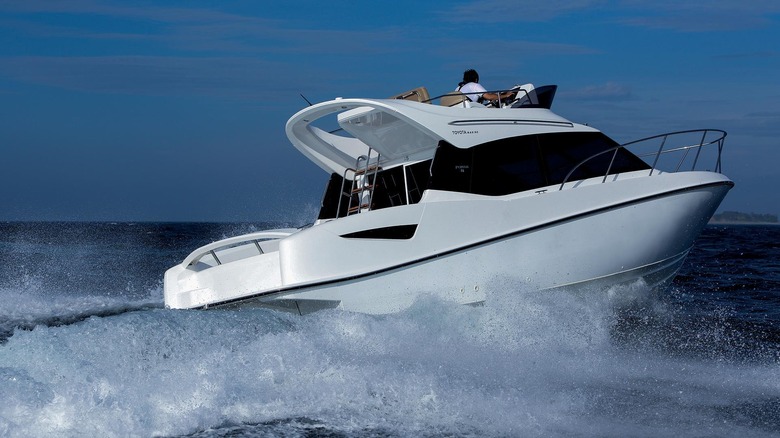
Toyota Marine has been pushing out various boats and boating technologies since 1997, focusing on ease of use and safety. To achieve this, Toyota converted many driving assist technologies it already had in its car range. The Toyota Drive Assist (TDA), for instance, allows for easy navigation with a joystick. The more advanced Toyota Drive Assist Plus (TDA+) brings things even further by incorporating GPS to assist the driver in maneuvering the boat, reducing the effect of wind, waves, and currents. Toyota's boats also come with docking support (TDS).
All these technologies are available on higher grades of the Ponam 31 — a Land Cruiser-powered personal yacht Toyota calls "sport utility cruiser." Yup, reliability is also the name of the game in Toyota's boats, so the Ponam 31 is equipped with two 3.0-liter four-cylinder turbodiesel engines from the Land Cruiser Prado, each good for 256 hp. The boat weighs 6.6 metric tons, thanks to a hull made from aluminum alloy. Measuring 35 feet (10.6m) long, the Ponam 31 can accommodate 12 people, making it ideal for family pleasure cruising. Toyota also offers the Ponam 35 premium cruiser, which is powered by two 370-hp, 4.5-liter V8 turbodiesels from the Land Cruiser, one of the best diesel engines ever built by Toyota.
Want an even more luxurious experience? The brand-new Lexus LY680 offers 65 feet of luxury and comes equipped with a premium cabin with three rooms, flybridge, and swimming platform. It can accommodate 15 passengers, with six beds available for sleeping. It's not powered by Toyota's own powertrains, though, and instead utilizes two Volvo IPS 1350/1050 engines.
Toyota Home Support Robot (HSR)
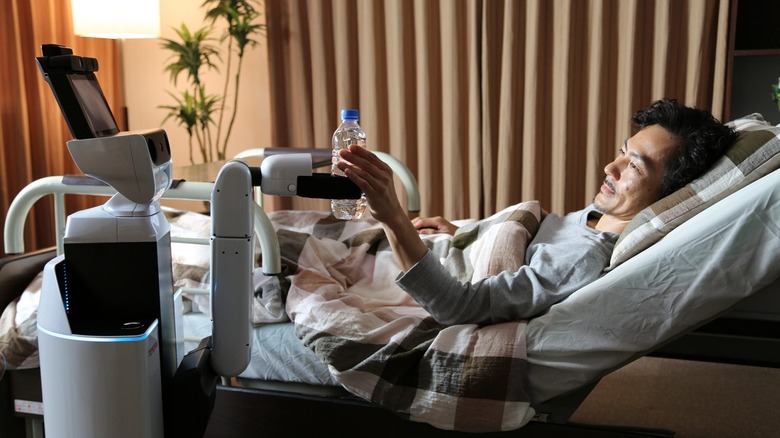
Ever imagined a future where you would have a home support robot? Well, imagine no longer, as Toyota has developed such a robot. Sorry — the Toyota Home Support Robot (HSR) isn't designed to help with your laziness. Instead, it's designed to assist elderly people. According to the United Nations, the world's population is getting older, with people aged over 65 reaching over 1.5 billion by 2050. Toyota, which recently transitioned into a mobility company, saw a great opportunity in this sector.
Interestingly, though, the Toyota HSR robot doesn't utilize artificial intelligence. Toyota wanted a robot that would allow for genuine human interaction, which is important for elderly people. Don't worry — you won't need to monitor the robot constantly. The robot can still recognize its surroundings and understand voice commands from its user to finish tasks. Meanwhile, for people who can't talk or move, family or friends can operate it remotely via an app.
As for its appearance, the HSR doesn't look like a human, err, android. It has a built-in screen with two cameras beneath, which resemble eyes, and also a 17-inch-wide cylindrical body with one arm. The idea, again, is to use the screen to communicate with friends and family. The HSR moves at 0.5 mph, which sounds slow but is enough in a closed environment. Crucially, it can move over surfaces with a height difference of 0.5 mm and inclines up to 5°. Furthermore, its telescopic body ranges between 39.3 and 53.1 inches, while the arm can lift 5.1-inch-wide objects as heavy as 2.65 pounds.
Toyota Prefabricated Houses
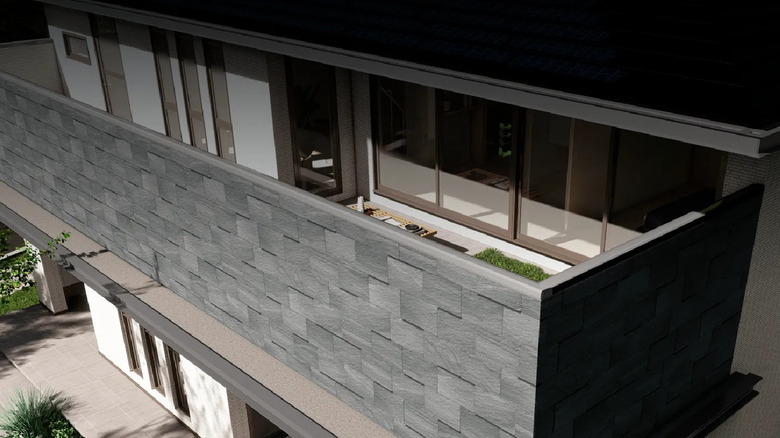
Toyota's butler robot sounds like a great idea, but you still need a house to make it work. Well, isn't that something Toyota can also help with? Yup, the Japanese giant also builds prefabricated houses. But it's not alone in the sector — Honda, Mitsubishi, and even Panasonic also build houses.
Toyota Home is not a newcomer in the Japanese housing scene — it has existed since 1977. It's fairly successful, too, producing over 5,000 houses annually in the last three years. According to some predictions, Toyota Home could even enter the North American market, building affordable, high-quality houses locally.
Toyota's manufacturing efficiency is also the driving force behind its prefab houses. Notably, they can be set in less than 24 hours, like the Since range, which utilizes a volumetric modular steel frame chassis. These houses also come with Toyota's Smart Airs Plus air conditioning system, which can modulate the temperature in each room differently for higher energy efficiency. Furthermore, some models incorporate chargers for EVs and PHEVs, alongside a battery to help survive a power outage.
For those who want a more substantial home, Toyota also has the Espacio range, built on-site using heavy-gauge steel. Meanwhile, the Mokua range consists of houses with a wooden frame with a 2x4 structure, which is strong enough to provide excellent earthquake resistance. This is crucial in Japan, as it has had the fourth-highest number of earthquakes in 2025, so far.
Want the latest in tech and auto trends? Subscribe to our free newsletter for the latest headlines, expert guides, and how-to tips, one email at a time.
Read the original article on SlashGear.
